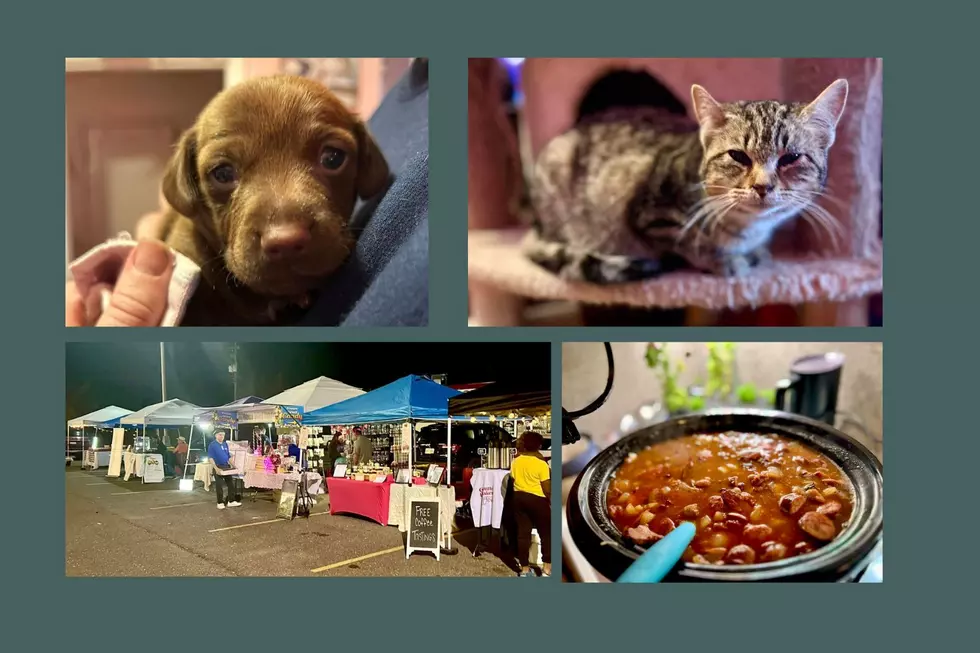
Spring Awakens the Spirit of Beauty, History, and Intricacy
March
First Saturday Tour: Six Degrees of Art History 3 March, 2:00 p.m.
Back in the 1990s, a popular urban game arose, “Six Degrees of Kevin Bacon”, in which players connected the actor in many ways to just about any other person, place or activity in Bacon’s background. The game came from a much older theory advanced after World War I that the globe had grown smaller through communication. Indeed, Italian inventor of the radio, Gugielmo Marconi, once stated that he could span the globe with just six radio relay stations.
Art and artists, too, are also connected, as you’ll see on this tour with your guide, Ashleigh Newberry-‐Mills. It begins in our lobby, where some of the connections are easy: works by Asher Durand and Thomas Cole, both founding members of the Hudson River School, hang nearby. In the Remington gallery, sculptor Sally Farnham was a protégé of Frederic Remington, while nearby Childe Hassam was close friends with painter Charles Schreyvogel. Mary Cassatt, the famous American Impressionist, was a friend of Alfred Stevens, who was a colleague of all the major French Impressionist painters. And on and on it goes. Then, you’ll learn how John James Audubon is connected to Josiah Wedgwood and even Charles Darwin, and the 18th century artist and architect, Giovannia Piranesi, and Mary Cassatt, and on and on. It’s a walk where you’ll discover works of all these artists, and lines that connect them through time and across continents.
Special Exhibition:
Associated American Artists: Art by Subscription 20 March – 27 May
In the depths of the Depression, it would seem that art would be the last thing a hungry public would buy. But buy they did in the 1930s, through World War II, and for decades to come. They purchased art from Associated American Artists’ (AAA), which issued its inaugural catalogue of prints in 1935, offering for sale works of great American artists for [ive dollars each.
Seventy of those prints are on view at the Norton when Associated American Artists: Art by Subscription opens on March 20. They include works by Grant Wood (March, 1939); Thomas Hart Benton (Wreck of the Old ’97, 1944); Frederic Castellon (Memories, 1941); Mabel Dwight (The Farmyard: Feeding the Geese, 1947); and Lawrence Beall Smith (Seaside Nomads, 1946). Others in the exhibit include works by John Costigan, Miguel Covarrubias, John Steuart Curry, Doris Lee, Luigi Lucioni, Reginald Marsh, and Samuel Thal. The prints are reproduced as etchings, mezzotints, aquatints, and original wood engravings.
April
First Saturday Tour: Coyote Sky 7 April, 2:00 p.m.
While it’s not on April Fools’ Day, we take that same, playful spirit of the Native American “trickster” in this tour that meanders through indoors and outdoors. No, we don’t trick you, but we’ll look behind canvases, sculpture and nature itself to [ind great tales of native peoples in the misty past of their mythologies.
Coyote Sky begins in the museum at the massive work by Albert Bierstadt, Garden of the Gods. In depicting an Indian village in the heart of the mountains, Bierstadt infuses the painting with the ideals of the Hudson River School of art—heavily romanticized and awe-‐inspiring. It’s one of Bierstadt’s contributions to our own early American mythology. As Pablo Picasso once said, “Art is a lie that tells the truth.” Bierstadt may have fudged on the details but he certainly represented the vast, awesome visual power of the American landscape.
Native American mythologies are peppered with trickster gods, among them, the coyote. They saw the wily animal as naturally clever and tricky, and endowed with both animal and human traits. Another animal intertwined through Native American myth is the buffalo, like those portrayed in A.D.M. Cooper’s Inquest on the Plains, in which seven buffalo stand around a deceased warrior. It was one of Cooper’s works implying the end of an era and a people.
Outside, the tour winds into our botanical gardens, lush with spring’s blooms of thousands of azaleas. We’ll enjoy the blossoms, but here we’re looking through the stone of sculpture into myths stretching far beyond our shores. We’ll see the gorilla, and learn myths from West Africa, and [ind other fanciful stories engendered through the sculptures of a mountain lion, otters, and even a pig. You’ll enjoy the fanciful fables, painting, sculpture, and a beautiful day among galleries of art and acres of [lowers.





